The Sound and Science of Music at the Sheldon
 This spring has been full of fun outings for the Lower and Upper Elementary students at Villa di Maria. In mid-April, the entire Elementary ventured out on an all-day field trip to The Sheldon Concert Hall for their Sound and Science of Music presentation, followed by a picnic in Forest Park.
This spring has been full of fun outings for the Lower and Upper Elementary students at Villa di Maria. In mid-April, the entire Elementary ventured out on an all-day field trip to The Sheldon Concert Hall for their Sound and Science of Music presentation, followed by a picnic in Forest Park.


 The Sheldon, named after Walter Sheldon (who founded the St. Louis branch of the Ethical Society), was designed by the noted 1904 World's Fair architect Louis C. Spiering. The Sheldon opened its doors in 1912 as the home of the Ethical Society of St. Louis. The space is quite special, as the acoustics inside the concert hall have been deemed "perfect."
The Sheldon, named after Walter Sheldon (who founded the St. Louis branch of the Ethical Society), was designed by the noted 1904 World's Fair architect Louis C. Spiering. The Sheldon opened its doors in 1912 as the home of the Ethical Society of St. Louis. The space is quite special, as the acoustics inside the concert hall have been deemed "perfect."

 Musicians and music lovers have been enjoying those perfect acoustics for over 100 years. The Sheldon Concert Hall has been called "The Carnegie Hall of the Midwest." Sitting inside the concert hall has been compared to being inside of a perfectly-tuned instrument. It really is a special experience!
Musicians and music lovers have been enjoying those perfect acoustics for over 100 years. The Sheldon Concert Hall has been called "The Carnegie Hall of the Midwest." Sitting inside the concert hall has been compared to being inside of a perfectly-tuned instrument. It really is a special experience!


 The presentation itself, The Sound and Science of Music, answers the questions, "What is sound?" and "How do instruments work?" by revealing the science behind the music all around us. The performers, Dan Rubright, Sandy Weltman, Farshid Soltanshahi & Feyza Eren, were engaging, funny, informative, and talented musicians and educators. They had no trouble holding the attention of an auditorium full of Elementary and Middle School children.
The presentation itself, The Sound and Science of Music, answers the questions, "What is sound?" and "How do instruments work?" by revealing the science behind the music all around us. The performers, Dan Rubright, Sandy Weltman, Farshid Soltanshahi & Feyza Eren, were engaging, funny, informative, and talented musicians and educators. They had no trouble holding the attention of an auditorium full of Elementary and Middle School children. One particularly interesting part of the presentation was the discussion of open and closed air columns in music. For instance, a bottle is an example of a closed air column, as it has only one opening, whereas a straw is an example of an open air column. The students got a kick out of this video, which was shown during the presentation:
One particularly interesting part of the presentation was the discussion of open and closed air columns in music. For instance, a bottle is an example of a closed air column, as it has only one opening, whereas a straw is an example of an open air column. The students got a kick out of this video, which was shown during the presentation:
 Above: a Chinese flute demonstration
Above: a Chinese flute demonstration
 The presentation was great, but most of the students' favorite part of the day was the picnic and recess at Forest Park afterward, where they enjoyed the view while eating with friends, then took off down the hill as fast as their legs could carry them!
The presentation was great, but most of the students' favorite part of the day was the picnic and recess at Forest Park afterward, where they enjoyed the view while eating with friends, then took off down the hill as fast as their legs could carry them!






 The children enjoyed running up and rolling down the huge hill, playing tag, and dipping their hands (and hair) into the reflecting pool at the bottom of the hill to cool off.
The children enjoyed running up and rolling down the huge hill, playing tag, and dipping their hands (and hair) into the reflecting pool at the bottom of the hill to cool off.



What is it about children and water?!
Parent, photographer, and chaperone, Jay, who accompanied the children with a cheerful and curious attitude.
Of course, we had to take a goofy group photo near the end of the field trip!
 Thank you to The Sheldon, for a wonderful performance, and to the staff and parent volunteers who joined us on our class trip. It was a blast!
Thank you to The Sheldon, for a wonderful performance, and to the staff and parent volunteers who joined us on our class trip. It was a blast!



























































































































 Back in February, the Upper Elementary students were treated to a Revolutionary War presentation by Captain Roy Schmid, a Royal Regiment of Artillery. The presentation was impressive, demonstrating the sights, sounds, smells, and even the feeling of carrying a tremendous amount of equipment (as one student discovered). Below, Rebecca Callander, Upper Elementary Directress, describes the students' interest in American history during this past school year.
Back in February, the Upper Elementary students were treated to a Revolutionary War presentation by Captain Roy Schmid, a Royal Regiment of Artillery. The presentation was impressive, demonstrating the sights, sounds, smells, and even the feeling of carrying a tremendous amount of equipment (as one student discovered). Below, Rebecca Callander, Upper Elementary Directress, describes the students' interest in American history during this past school year.
 Our class has been obsessed with American history this year, especially the Revolutionary War and Alexander Hamilton, due to the musical Hamilton by Lin-Manuel Miranda. Also, many children were passionately following the election cycle and many government-based questions emerged about our country's beginnings: declaration, war, constitution, electoral college. Indeed, Our winter concert focused on the same time period; you wouldn't believe the ridiculous conversations that emerged from that ("bloody footprints in the snow were real--we have to put them on the backdrop." "Sure! Nothing says holiday spirit more than bloody footprints." "They're...red?").
Our class has been obsessed with American history this year, especially the Revolutionary War and Alexander Hamilton, due to the musical Hamilton by Lin-Manuel Miranda. Also, many children were passionately following the election cycle and many government-based questions emerged about our country's beginnings: declaration, war, constitution, electoral college. Indeed, Our winter concert focused on the same time period; you wouldn't believe the ridiculous conversations that emerged from that ("bloody footprints in the snow were real--we have to put them on the backdrop." "Sure! Nothing says holiday spirit more than bloody footprints." "They're...red?").
 Ultimately, I think that children's underlying sense of justice and fairness fuels their interest in the Revolutionary War. Taxation without representation is a big deal. What's a little tricky is debunking the myth of the war from the facts. It's easy to call Patriots good and England bad, but I needed to constantly remind children of how our role in the conflict can also be challenged and that we did awful things too. Further, not everyone was truly free as a result of the war. And, is it ever justified to use force to get what you want? Lots of big questions discussed.
Ultimately, I think that children's underlying sense of justice and fairness fuels their interest in the Revolutionary War. Taxation without representation is a big deal. What's a little tricky is debunking the myth of the war from the facts. It's easy to call Patriots good and England bad, but I needed to constantly remind children of how our role in the conflict can also be challenged and that we did awful things too. Further, not everyone was truly free as a result of the war. And, is it ever justified to use force to get what you want? Lots of big questions discussed.

 So, to offer a going-out to the class without going to the East Coast, Mr. Justin enlisted Roy, a Revolutionary War historical re-enactor whom he had met and thought the children would love. Justin, who was impressed by Roy's knowledge of the Revolutionary War and military tactics, met the group at the Greentree Festival back in September and ended up talking to Roy for over an hour. Justin also couldn't believe they had grenade launchers back then! And the rest is history!
So, to offer a going-out to the class without going to the East Coast, Mr. Justin enlisted Roy, a Revolutionary War historical re-enactor whom he had met and thought the children would love. Justin, who was impressed by Roy's knowledge of the Revolutionary War and military tactics, met the group at the Greentree Festival back in September and ended up talking to Roy for over an hour. Justin also couldn't believe they had grenade launchers back then! And the rest is history!








 They have a 3lb cannon, a 75 caliber musket and a 100 caliber musket that they have attached to a special wagon that Roy built based a set up from that time period. It flips up and has special ports that open which offer protection and stability when firing.They have live fired all of their weapons including the 3lb cannon. Roy says they were doing target practice on milk jugs on top of 50 gallon water barrels at 50 yards. The milk jugs explode and if you hit a water barrel it will flip into the air!Though this did not occur at the presentation in February, Roy did walk the students through the steps of firing a cannon (with only gunpowder, no cannon balls, of course!). His attention to detail and safety were noted.
They have a 3lb cannon, a 75 caliber musket and a 100 caliber musket that they have attached to a special wagon that Roy built based a set up from that time period. It flips up and has special ports that open which offer protection and stability when firing.They have live fired all of their weapons including the 3lb cannon. Roy says they were doing target practice on milk jugs on top of 50 gallon water barrels at 50 yards. The milk jugs explode and if you hit a water barrel it will flip into the air!Though this did not occur at the presentation in February, Roy did walk the students through the steps of firing a cannon (with only gunpowder, no cannon balls, of course!). His attention to detail and safety were noted.




 The students enjoyed trying on some of the jackets and hats, and even some of the equipment that soldiers would have carried with them (a heavy load, to say the least). Last, the students learned to march in formation (not easy):
The students enjoyed trying on some of the jackets and hats, and even some of the equipment that soldiers would have carried with them (a heavy load, to say the least). Last, the students learned to march in formation (not easy):



 Mr. Justin marched them all back up the hill afterwards. Quite impressive! Thank you, Justin, for setting this up, and Roy, for bringing his knowledgeable group to share with the Villa di Maria Upper Elementary!
Mr. Justin marched them all back up the hill afterwards. Quite impressive! Thank you, Justin, for setting this up, and Roy, for bringing his knowledgeable group to share with the Villa di Maria Upper Elementary!
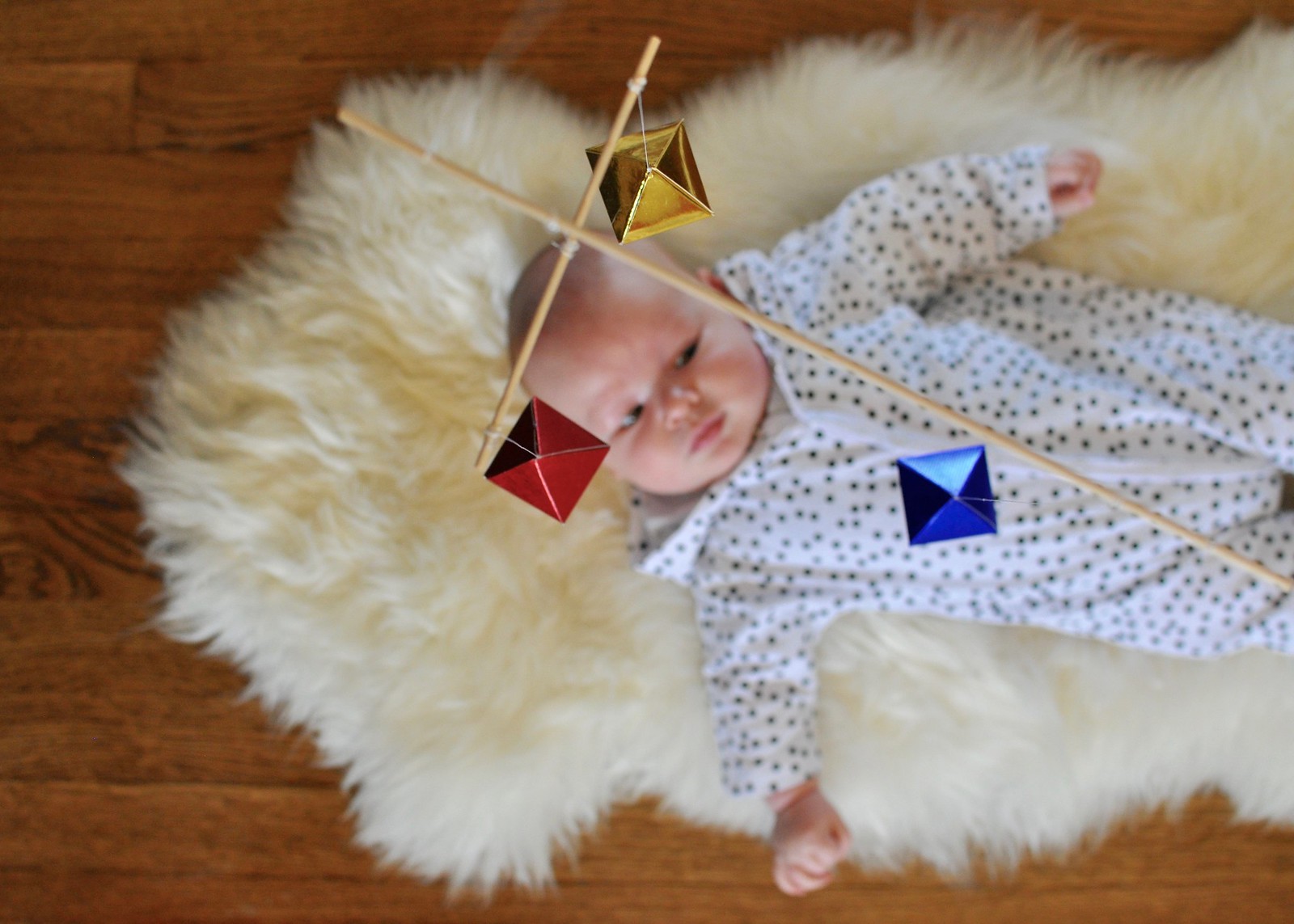
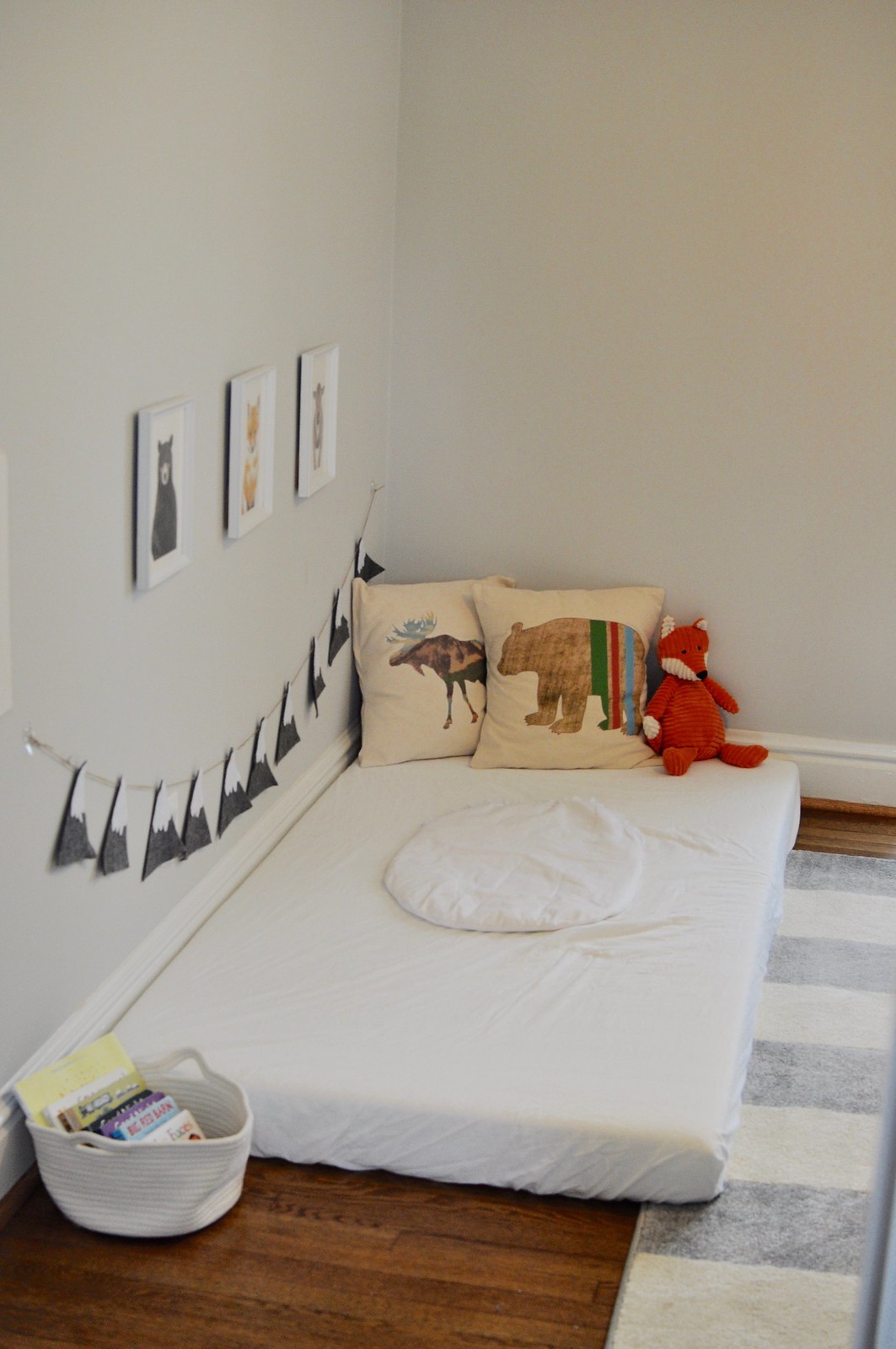
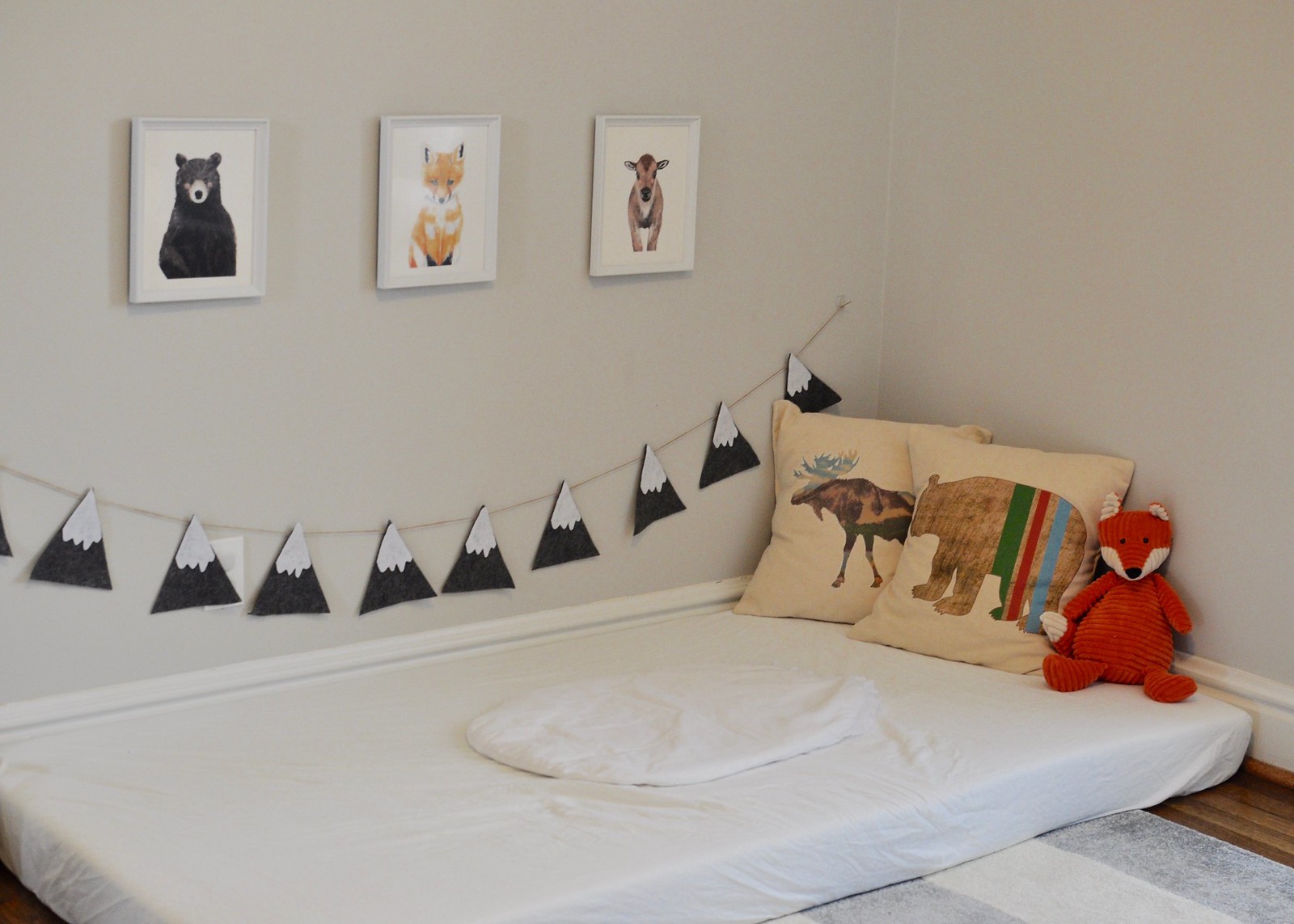








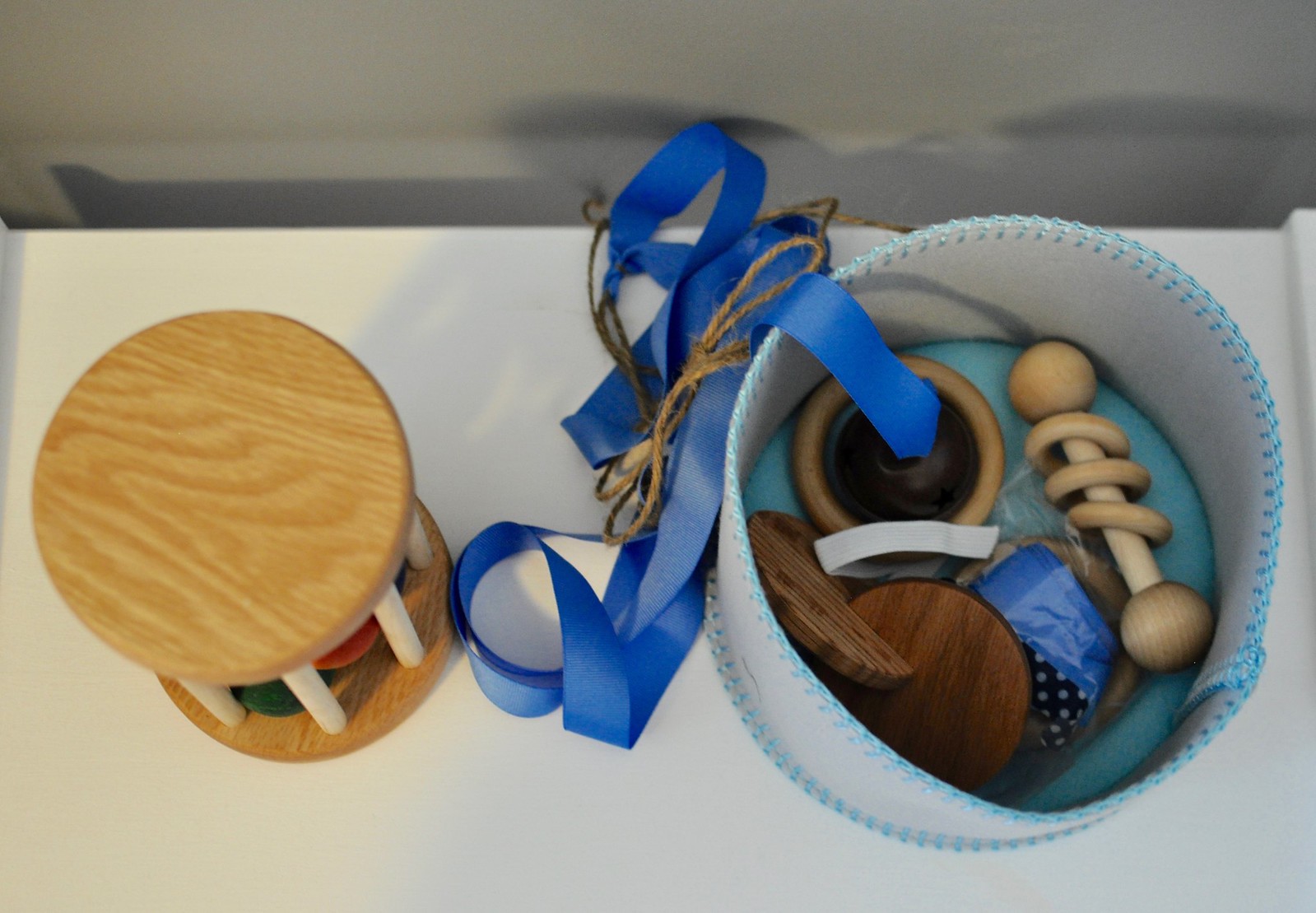










 The metal insets, which consist of ten metal frames with matching metal insets: square, triangle, circle, rectangle, oval, trapezoid, pentagon, curvilinear triangle, and quatrefoil. This lesson is for a child to acquire mastery of the hand in using a writing instrument and is direct preparation for writing.
The metal insets, which consist of ten metal frames with matching metal insets: square, triangle, circle, rectangle, oval, trapezoid, pentagon, curvilinear triangle, and quatrefoil. This lesson is for a child to acquire mastery of the hand in using a writing instrument and is direct preparation for writing. A child learns to grip and guide his colored pencil, experiencing the effects of pressure upon the writing instrument. Also in doing this work, a child learns to use one continuous stroke with the pencil, which is helpful in preparation for cursive writing. The hand-eye coordination work here is intense for young children, and something in which they obtain much joy. The results are obvious and immediate; a child is provided visual feedback for the outline he has created, as well as for how saturated his lines are and how much pressure he has used to create this work.
A child learns to grip and guide his colored pencil, experiencing the effects of pressure upon the writing instrument. Also in doing this work, a child learns to use one continuous stroke with the pencil, which is helpful in preparation for cursive writing. The hand-eye coordination work here is intense for young children, and something in which they obtain much joy. The results are obvious and immediate; a child is provided visual feedback for the outline he has created, as well as for how saturated his lines are and how much pressure he has used to create this work.

 Through the work of metal insets, a child learns to refine his hand control, increase fine motor skills and muscle strength, and increase concentration. In addition, the child learns about the geometric shapes, including how they look when moved and turned about. As the child progresses through this work, he will use different insets together to create different designs, introducing him to the art he will be more conscious of in the next stage of development."A three-year-old educated according to Montessori pedagogy, becomes a master of his hand and undertakes with a joy a variety of human activities. These activities allow him to develop the power of concentration." (San Remo Lectures)
Through the work of metal insets, a child learns to refine his hand control, increase fine motor skills and muscle strength, and increase concentration. In addition, the child learns about the geometric shapes, including how they look when moved and turned about. As the child progresses through this work, he will use different insets together to create different designs, introducing him to the art he will be more conscious of in the next stage of development."A three-year-old educated according to Montessori pedagogy, becomes a master of his hand and undertakes with a joy a variety of human activities. These activities allow him to develop the power of concentration." (San Remo Lectures)































































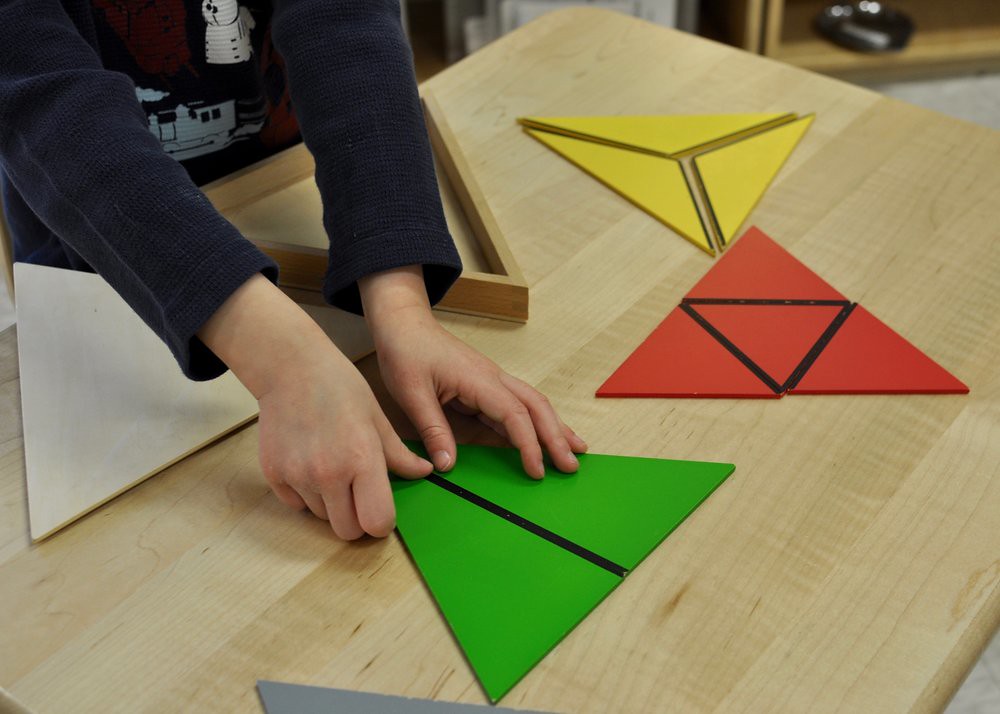

 The Triangular Box, shown above, consists of:
The Triangular Box, shown above, consists of:
 The constructive triangles are used to demonstrate that all plane geometric figures can be constructed from triangles. There are five boxes: 2 rectangular, 1 triangular, and 1 large and 1 small hexagonal. Each box contains triangles of different sizes, shapes, and colors. With the exception of Rectangular Box 2, black guidelines are painted in different positions on the triangles to help the child to construct other figures. This should be encouraged as an exploratory work that will provide a foundation for later concepts of equivalency, similarity, and congruency.
The constructive triangles are used to demonstrate that all plane geometric figures can be constructed from triangles. There are five boxes: 2 rectangular, 1 triangular, and 1 large and 1 small hexagonal. Each box contains triangles of different sizes, shapes, and colors. With the exception of Rectangular Box 2, black guidelines are painted in different positions on the triangles to help the child to construct other figures. This should be encouraged as an exploratory work that will provide a foundation for later concepts of equivalency, similarity, and congruency.
 The gray equilateral triangle allows for a child to check his own work: another example of self-assessment. A child uses this feedback to self-correct during this work.
The gray equilateral triangle allows for a child to check his own work: another example of self-assessment. A child uses this feedback to self-correct during this work. Thank you, Heather, for sharing this work with us!“Under the urge of nature and according to the laws of development, though not understood by the adult, the child is obliged to be serious about two fundamental things … the first is the love of activity… The second fundamental thing is independence.” (
Thank you, Heather, for sharing this work with us!“Under the urge of nature and according to the laws of development, though not understood by the adult, the child is obliged to be serious about two fundamental things … the first is the love of activity… The second fundamental thing is independence.” (
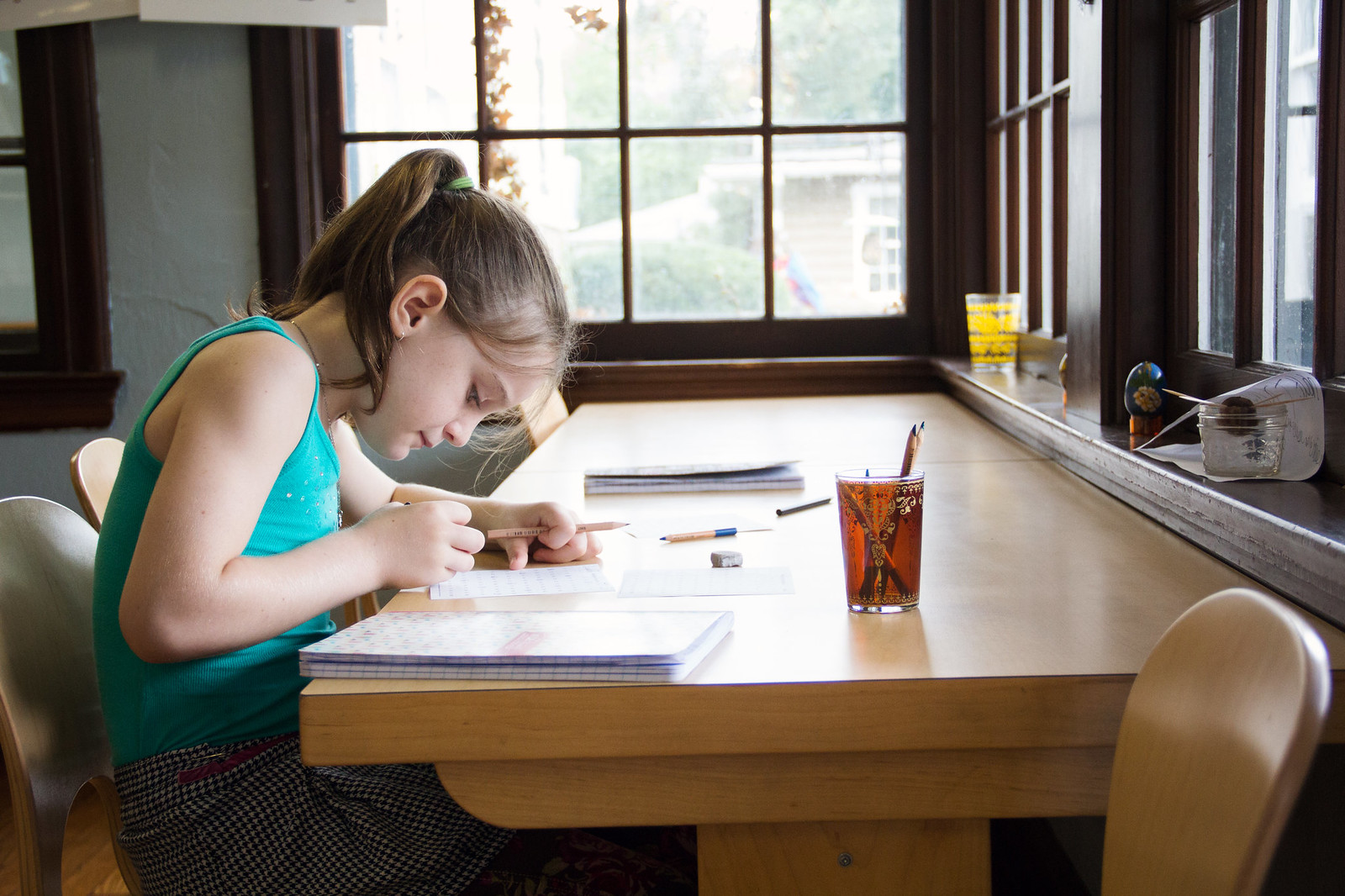
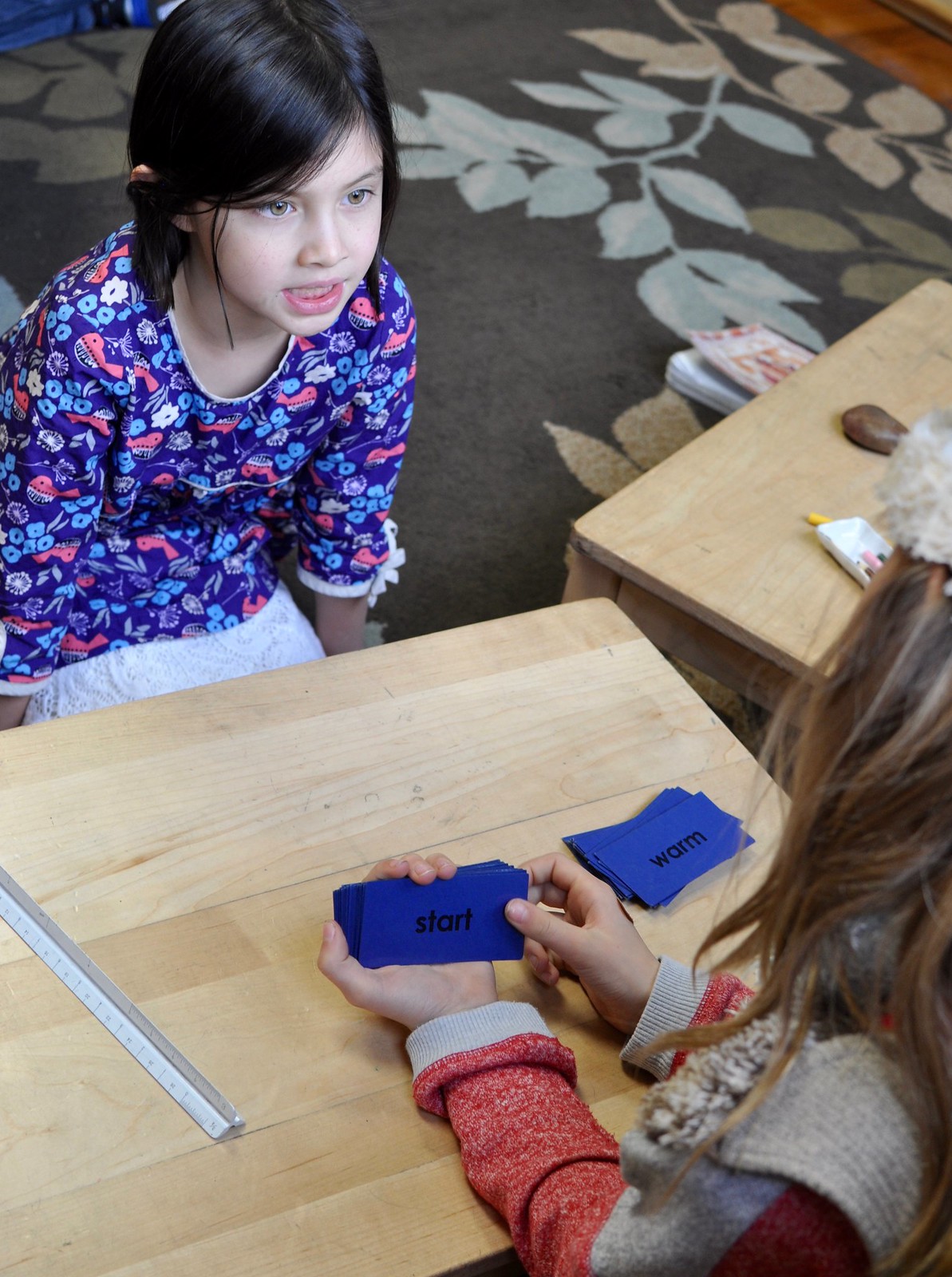












 Every day, rain or shine, the elementary children gather outdoors on the school grounds to enjoy a different type of work: the work of play. While their mornings are filled with lessons and mental work, their afternoons are filled with work of the social realm. It is important to recognize that there is also plenty of this type of work that occurs during work cycles, as children learn to negotiate and work together on projects or work, but here, the social is the main focus.
Every day, rain or shine, the elementary children gather outdoors on the school grounds to enjoy a different type of work: the work of play. While their mornings are filled with lessons and mental work, their afternoons are filled with work of the social realm. It is important to recognize that there is also plenty of this type of work that occurs during work cycles, as children learn to negotiate and work together on projects or work, but here, the social is the main focus. 


 During the second plane of development, which occurs between 6 and 12 years of age, children focus on the exploration of mind and personality, as well as moral and social independence. Playing games during recess fulfills a great deal in this sense; children must navigate what to play, with whom, and how to keep a game going when there is
During the second plane of development, which occurs between 6 and 12 years of age, children focus on the exploration of mind and personality, as well as moral and social independence. Playing games during recess fulfills a great deal in this sense; children must navigate what to play, with whom, and how to keep a game going when there is 



 Self-control, compromise, sportsmanship, and cooperation are all essential to the second plane of development. Children of this plane are also extremely preoccupied with fairness, justice, and following rules.
Self-control, compromise, sportsmanship, and cooperation are all essential to the second plane of development. Children of this plane are also extremely preoccupied with fairness, justice, and following rules.



 According to The Absorbent Mind, a child of the second plane is very focused on right and wrong; "this not only as regards his own actions, but also the actions of others…..moral consciousness is being formed and this leads later to the social sense." (p. 177) What better time to hone these skills than recess?Read more about why kids need recess
According to The Absorbent Mind, a child of the second plane is very focused on right and wrong; "this not only as regards his own actions, but also the actions of others…..moral consciousness is being formed and this leads later to the social sense." (p. 177) What better time to hone these skills than recess?Read more about why kids need recess  My, what a difference a month makes! In February, the elementary building looked like
My, what a difference a month makes! In February, the elementary building looked like 
 All around, the building is looking a lot closer to how it will look once it is finished.
All around, the building is looking a lot closer to how it will look once it is finished.


 Since taking these photos, the above playing field has become a lot more green as sod has been rolled out! Progress is moving so quickly, it's hard to keep photos current!Inside, the clean white walls go so well with the warm wood tones of the flooring and cabinets.
Since taking these photos, the above playing field has become a lot more green as sod has been rolled out! Progress is moving so quickly, it's hard to keep photos current!Inside, the clean white walls go so well with the warm wood tones of the flooring and cabinets.
 Modern lighting hangs from vaulted ceilings and compliments the natural light, high windows, and open floor plans in each classroom. Above: Ms. Megan's Lower Elementary classroom, located on the east side of the building, facing the future playing fields and pool/pool house.
Modern lighting hangs from vaulted ceilings and compliments the natural light, high windows, and open floor plans in each classroom. Above: Ms. Megan's Lower Elementary classroom, located on the east side of the building, facing the future playing fields and pool/pool house. Below: the common room, which will hold couches and chairs and plenty of books.
Below: the common room, which will hold couches and chairs and plenty of books.
 Above and below: the kitchen, before appliances.
Above and below: the kitchen, before appliances.
 Another view of the common room.
Another view of the common room.  The common room and hallway leading to Mrs. Schwind's Lower Elementary classroom.
The common room and hallway leading to Mrs. Schwind's Lower Elementary classroom. Above: the Upper Elementary classroom, which is located in the center of the building and has north-facing windows. Directress Ms. Rebecca is hoping for a moveable chicken coop right outside the windows!
Above: the Upper Elementary classroom, which is located in the center of the building and has north-facing windows. Directress Ms. Rebecca is hoping for a moveable chicken coop right outside the windows! Above: Mrs. Schwind's Lower Elementary classroom, located on the west side of the building.
Above: Mrs. Schwind's Lower Elementary classroom, located on the west side of the building.
 Yes, Villa di Maria now has its very own cherry red fire hydrant!
Yes, Villa di Maria now has its very own cherry red fire hydrant!
 The new pool house and larger area around the pool. The fencing situation will be changing to allow access to bathrooms without entering the main pool area. This will make bathroom trips much easier for Camp Pegnita and for VdM students using the playing field during the school year.
The new pool house and larger area around the pool. The fencing situation will be changing to allow access to bathrooms without entering the main pool area. This will make bathroom trips much easier for Camp Pegnita and for VdM students using the playing field during the school year.
 The pavilion is also coming along nicely!
The pavilion is also coming along nicely!
 The construction crew is optimistic, eager, and enthusiastic about getting these kids into their new building. We are equally excited to see how it all looks in a month!
The construction crew is optimistic, eager, and enthusiastic about getting these kids into their new building. We are equally excited to see how it all looks in a month!



